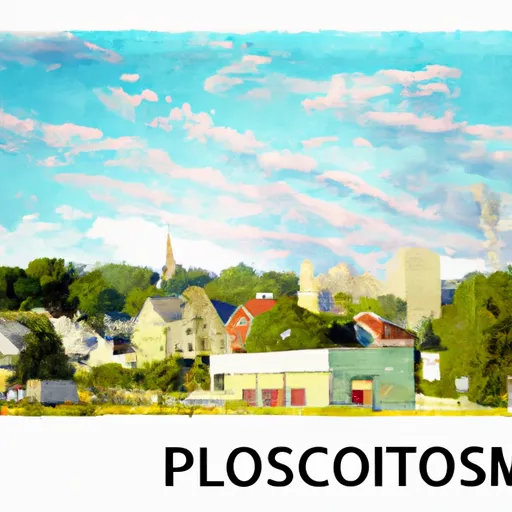°F
°F
mph
Windspeed
%
Humidity











Leopolis, Wisconsin is a small village located in the northeastern part of the state. The climate in Leopolis is characterized by cold, snowy winters and mild summers. Average temperatures range from around 10°F (-12°C) in winter to 75°F (24°C) in summer. The area receives ample rainfall throughout the year, with an average of 33 inches (84 cm) annually.
Leopolis is surrounded by beautiful natural landscapes and water bodies. The village is situated near the pristine Embarrass River, which offers opportunities for fishing, boating, and kayaking. The river is known for its diverse fish population, including bass, trout, and catfish. Additionally, the nearby forests and parks provide excellent hiking and camping opportunities, allowing visitors to explore the stunning scenery and observe the local wildlife.
The village of Leopolis provides a serene and picturesque setting for outdoor enthusiasts, with its lush greenery, flowing rivers, and abundant recreational activities. Whether it's fishing along the riverbanks, hiking through the woods, or simply enjoying the charming atmosphere, Leopolis offers a delightful escape for nature lovers.
Weather Forecast
Leopolis receives approximately 798mm of rain per year, with humidity levels near 82% and air temperatures averaging around 7°C. Leopolis has a plant hardyness factor of 4, meaning plants and agriculture in this region thrive during a short period during spring and early summer. Most plants will die off during the colder winter months.
Regional Streamflow Levels
17
Cubic Feet Per Second
23
Cubic Feet Per Second
16
Cubic Feet Per Second
369
Cubic Feet Per Second
Nearby Camping
| Camping Area | Reservations | Toilets | Showers |
|---|---|---|---|
| Coon Creek - Shelbyville Lake | |||
| Comlara County Park | |||
| Livingston County 4-H Park | |||
| Moraine View State Park | |||
| Faries Park | |||
| Stephen A. Forbes State Park |



